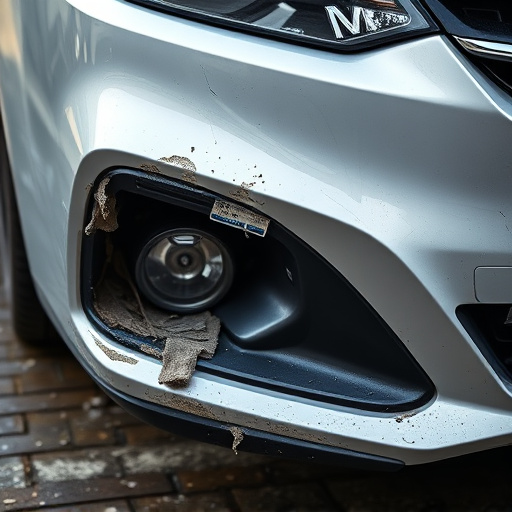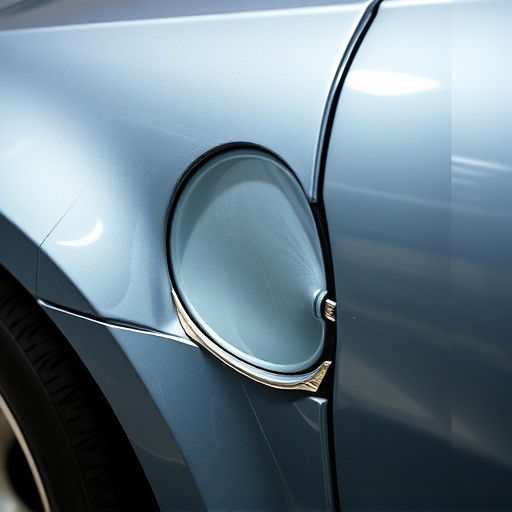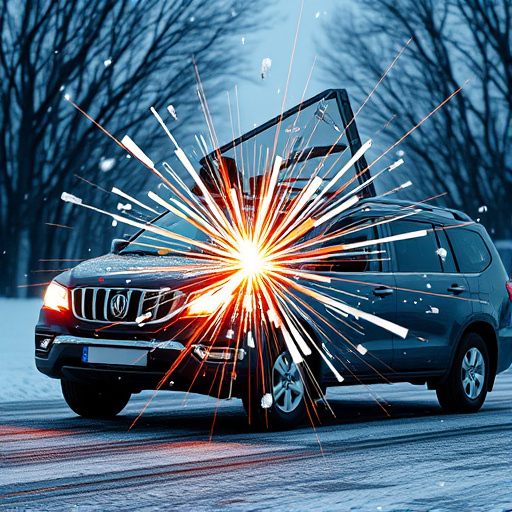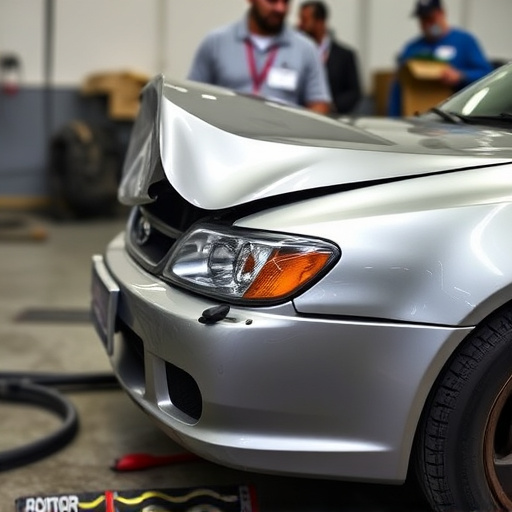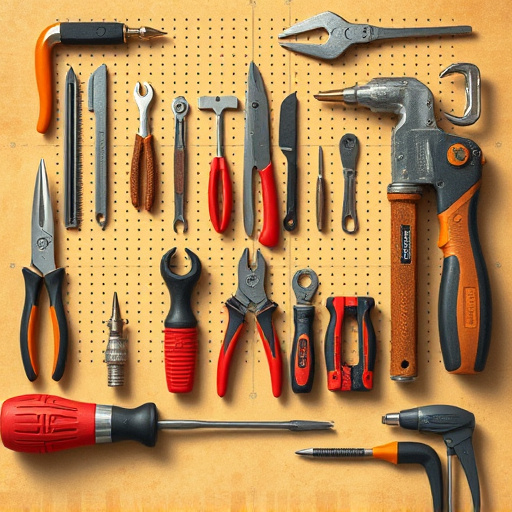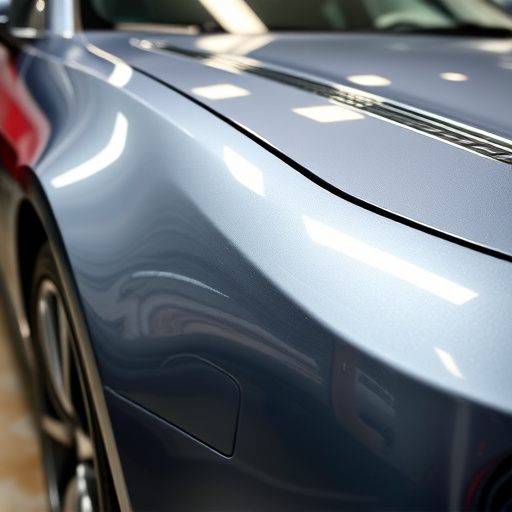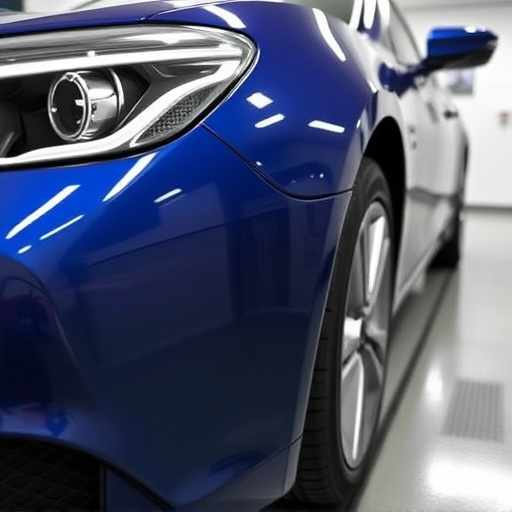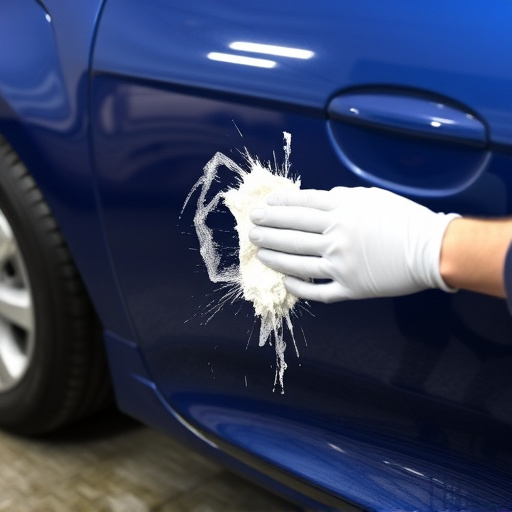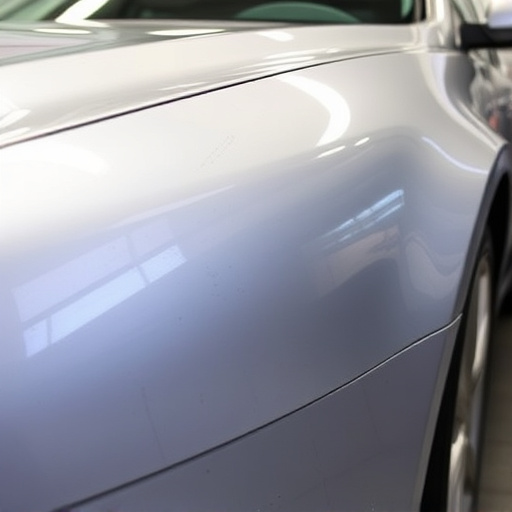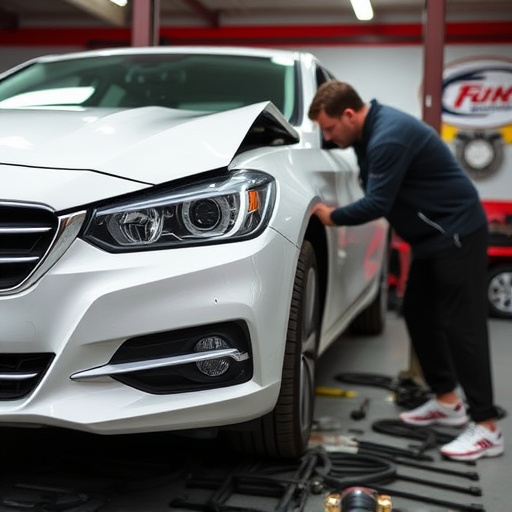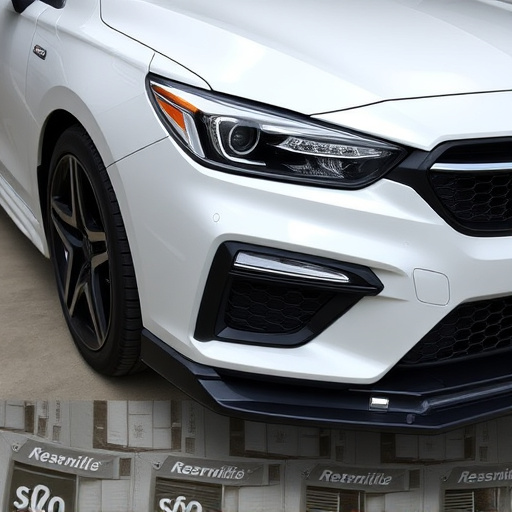Successful classic car restoration requires specialized knowledge of automotive paint types. Restorers research and select paints matching historical era, preparing surfaces thoroughly to ensure a seamless finish. Options include enamels, lacquers, and two-stage/single-stage paints catering to skill levels. Meticulous preparation, regular maintenance, and accurate color matching preserve vintage finishes against environmental damage.
“Uncover the secrets behind achieving authentic classic car restorations with a focus on automotive paint types. Every enthusiast dreams of restoring their vintage vehicle to its former glory, and understanding the right paint is key. This comprehensive guide explores the unique requirements of classic cars, delving into common automotive paint types used in these meticulous makeovers. From understanding paint composition to mastering application techniques, we’ll equip you with knowledge to ensure a lasting, pristine finish.”
- Understanding Classic Car Paint Requirements
- Common Automotive Paint Types for Restorations
- Applying and Maintaining Vintage Paint Finish
Understanding Classic Car Paint Requirements
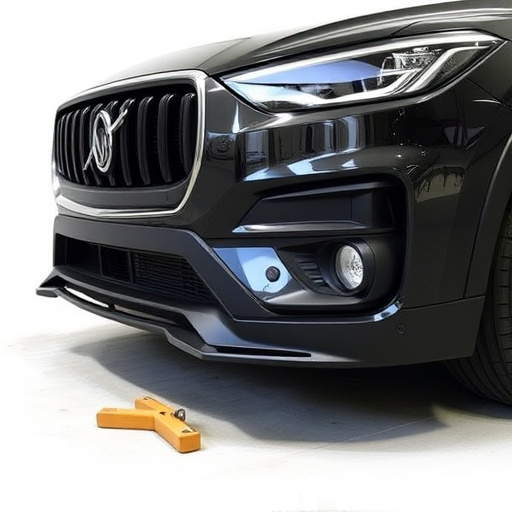
When it comes to classic car restaurations, understanding the unique requirements of these vintage vehicles is paramount. Classic cars often have intricate details and specific aesthetic needs that demand specialized automotive paint types. Unlike modern vehicles, older cars may require more delicate and precise finishes due to their historical significance and original condition. The goal is to preserve authenticity while enhancing the vehicle’s beauty.
One key consideration is selecting the right paint that matches the original specifications. This involves researching the exact color, finish, and even the type of paint used during the car’s manufacturing era. A skilled restorer will often consult with experts, study historical records, or even obtain original paint samples to ensure an accurate recreation. Moreover, classic cars may have suffered from years of exposure, including environmental damage, so preparing the surface for painting is crucial. This process typically includes thorough cleaning, sandblasting, and filling any imperfections, ensuring a seamless finish that does justice to the car’s historical charm.
Common Automotive Paint Types for Restorations
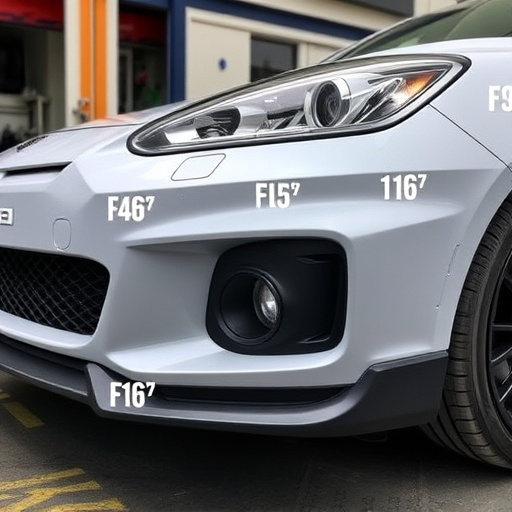
When it comes to classic car restaurations, choosing the right automotive paint types is paramount. The market offers a variety of options, each with unique properties designed for specific needs. Enamels, for instance, are known for their durability and rich color depth, making them popular for achieving that classic, glossy finish. Lacquers, on the other hand, offer exceptional clarity and faster drying times, ideal for those seeking a more modern restoration look.
For repairing car damage or conducting body shop services, understanding the nuances of these paint types is crucial. Two-stage paints, consisting of a primer and topcoat, provide excellent adhesion and protection against rust, while single-stage paints offer a quicker application process with less preparation required. These variations cater to different levels of skill and desired outcomes in vehicle repair, ensuring that every classic car restoration can find an automotive paint type suited to its unique character and needs.
Applying and Maintaining Vintage Paint Finish
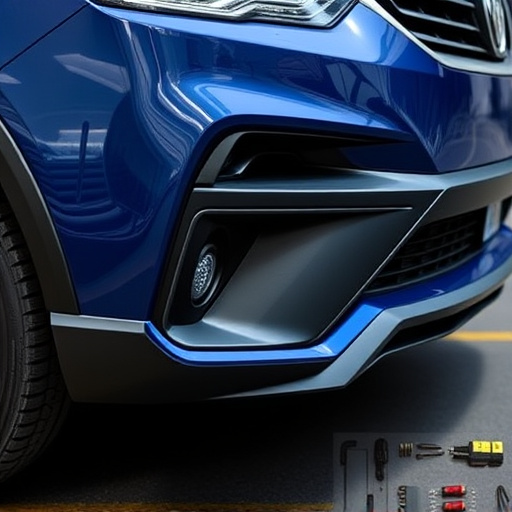
The application and maintenance of a vintage paint finish is an art that requires precision and a deep understanding of automotive paint types. Restorers must carefully select the appropriate paint, considering factors like color accuracy to the original and the type of finish—matte, glossy, or satin—preferred for the classic car. The process involves meticulous preparation, which includes thorough cleaning, sanding, and priming of the auto body repairs to ensure a smooth base for the paint job.
Regular auto maintenance is key to preserving the painted surface. This includes regular washing and waxing to protect the finish from environmental damage and UV exposure. Car paint repair techniques such as touch-ups and spot-painting are essential tools in maintaining the overall look and integrity of the vintage paint, addressing minor chips or scratches promptly to prevent further deterioration.
When restoring a classic car, selecting the right automotive paint types is essential to achieve a pristine, authentic finish. Understanding the unique requirements of vintage vehicles and familiarizing yourself with common paint options ensures a successful transformation. By mastering the application and maintenance techniques, restorers can preserve the beauty and value of these timeless machines, showcasing their intricate details and vibrant colors for generations to come.
